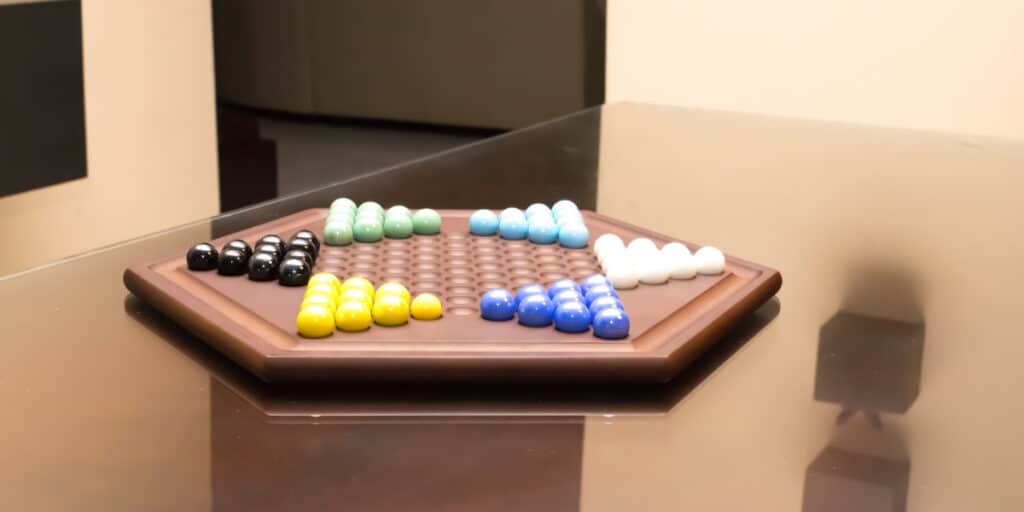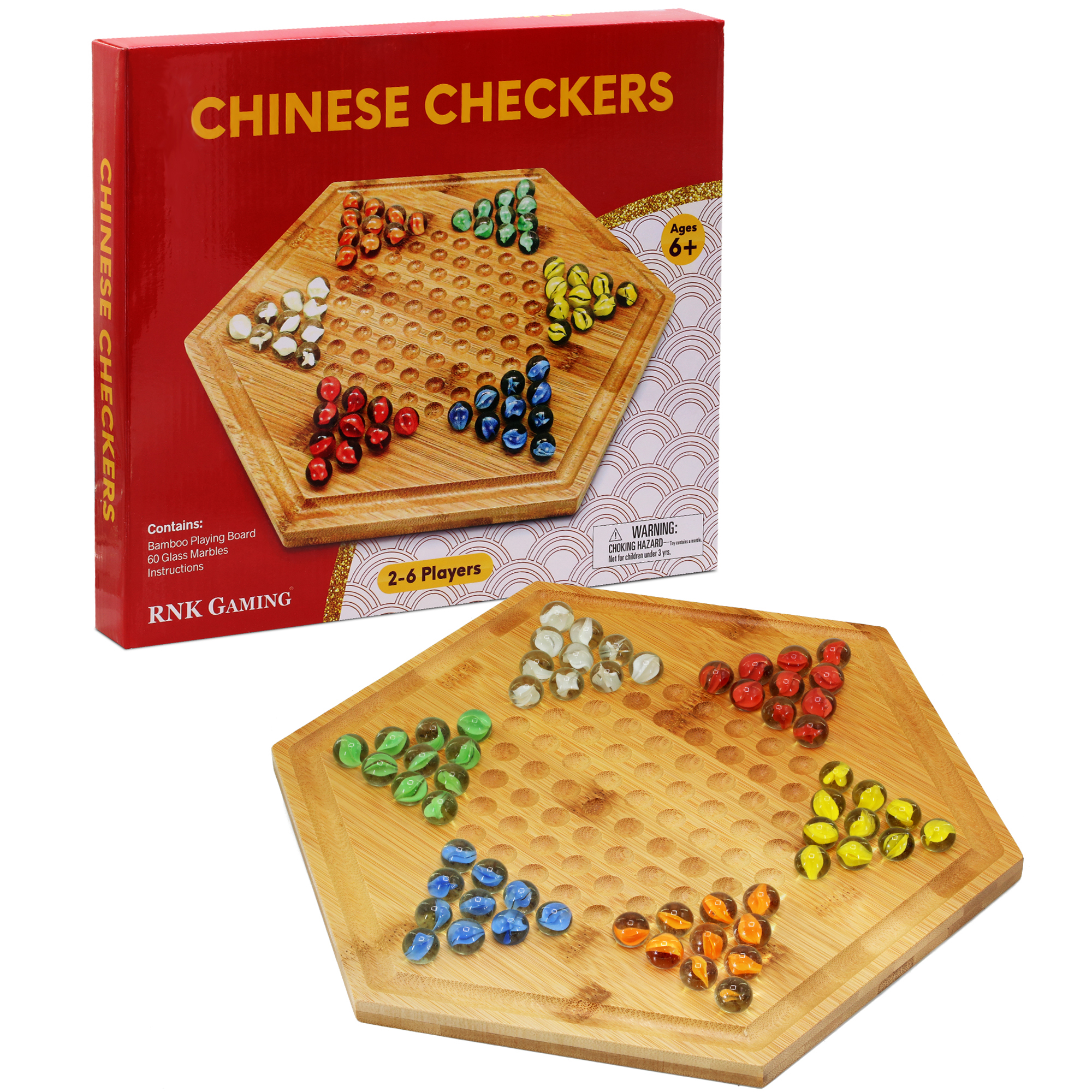
- CHINESE CHECKERS RULES WITH THROWING DICE FULL
- CHINESE CHECKERS RULES WITH THROWING DICE PLUS
In drinking dice, players pass around a single cup with two dice in it and take turns guessing at the value under them, either challenging or accepting the value as reported by the previous player. Also sometimes called Mexican dice or liar's dice, this is a game of deception that can get fun and rowdy, especially when somewhat, uh, lubricated. If two players roll exactly the same thing, generally a re-roll is performed.Ties are awarded to the highest value on the extra die, the pair doesn't matter. If a player rolled two twos with an extra six, while another player rolled two sixes with an extra two, the first player would win. In the event two players rolled double 4's, the higher value of the other die would be the winner.
CHINESE CHECKERS RULES WITH THROWING DICE PLUS
This would be a matched pair, plus some other value.
CHINESE CHECKERS RULES WITH THROWING DICE FULL
The next highest combination is called a "pair and a spare," which is sort of like a full house.

Even if you rolled all ones, rolling three ones would be the next highest category of score, only beaten by triples of any other number, or the 4, 5, 6 combo.
The next highest combination would be triples. The highest possible combination is to roll a 4, 5, and a 6. The object is to get the highest possible score, though the scoring works somewhat like poker. Sometimes called lo dice, in this popular game, each player has three dice, usually in some kind of cup, and each player rolls simultaneously after a round of betting. This might include betting either pass or crap. If the other players match the shooter's bet, you can place a side bet with other players who are willing to match more bets if you still want to play. So, if you throw in $2 on the initial bet toward the crap, the most you stand to win back is your $2 and $2 of the shooter's money. The other players must cumulatively come up with $10, but betting crap. If you've anted up, you can throw in to match, or you can wait and bet on the side. To match the shooter's bet is to come up with the same amount of "money," in support of the opposite outcome. The other players must cumulatively come up with enough to at least match the shooter's bet before placing side bets or increasing the wager. The amount of the bet will be either "pass" or "crap," though in some games it's assumed that the shooter will always bet on himself (or will always bet pass, in other words). Once the shooter is selected, the shooter will bet first. If a player has a piece or pieces in play, they can move any one of their pieces 1 to 6 spaces along the path according to the number they roll.Place your initial pass or no-pass bets. The player cannot make any other moves until at least one piece is in play. To begin, a player must roll a six to move a piece out of the base and onto the start position. The goal of the game is to move all four of the player’s pieces clockwise once around the board, up the home column, and into the home triangle. On each player’s turn, the player rolls the die to determine a move. The players to the left follow in turn going clockwise. 

Each takes turns throwing the die, and the player with the highest roll plays first. Each set consists of 4 playing pieces. The included die is used to govern the movement of the pieces.Ģ to 4 players begin by placing their respective pieces in their bases. There are four different colored sets of playing pieces that start off in their matching bases.

A path leads clockwise around the board returning to a path with the same color as the base, then to the home column, which leads to the center home triangle. The first colored space outside of each base is the start position. Ludo consists of a square board with four different colored bases in each corner.








 0 kommentar(er)
0 kommentar(er)
